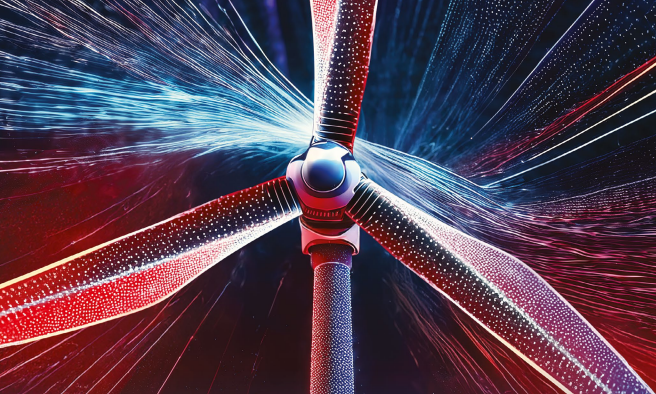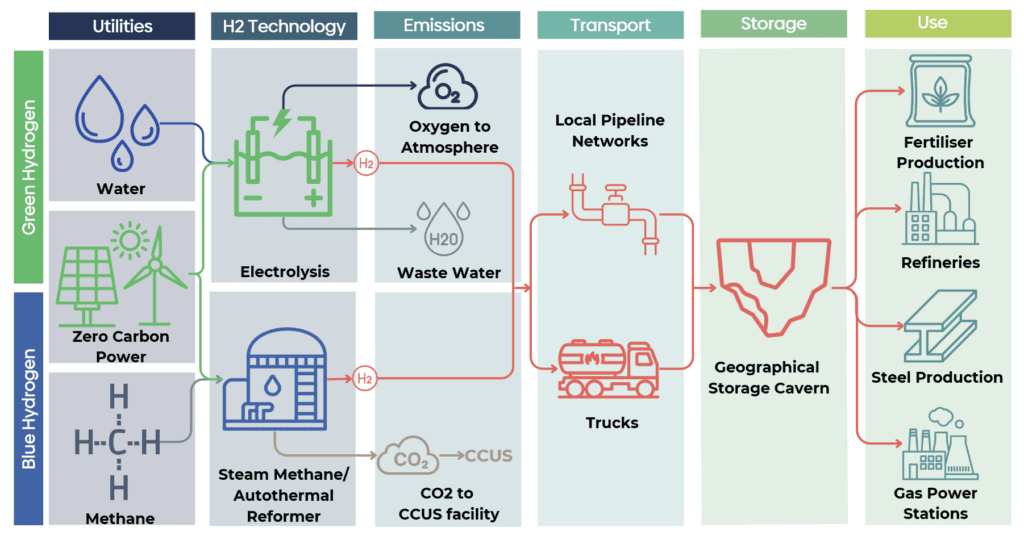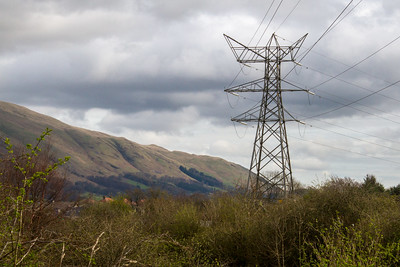I have been observing (and taking part in) the debate that is raging between two political parties, squaring up to each other on opposite sides of the debating floor. Not the Tory Party versus the Labour Party; and not Trump versus Biden. This is the Hydrogen Party, versus the Electron Party. Here are two blogs posted today that demonstrate what is currently going on. Both involve trucks (lorries for the Brits), and so are useful comparators:
https://www.h2green.co.uk/post/are-we-going-to-have-a-weight-problem
and
http://www.csrf.ac.uk/2020/12/electricity-or-hydrogen-economy/
Apologies to the authors, it is not a criticism as both inform an important debate.
So, on the one hand, Hydrogen is inefficient with about 3 units of other energy required to make one unit of hydrogen energy, and there is just not enough renewable power to make green hydrogen. On the other hand, batteries are just to damn heavy fo use in heavy goods vehicles. Although to be fair, David Cebon advocates electric roads, effectively eliminating the weight problem.
I would favour Cebon’s approach because is more to do with Science and less to do with lobbying policymakers. Accurate relevant and reliable information is the most precious commodity for a decision-maker and one of the six pillars of decision quality.
This is the policymaker’s dilemma. Policymakers are surrounding by advocates, all competing for the policymaker’s attention for their particular solution. In formal policy theory parlance, these actors are described as Policy Entrepreneurs who are defined by the policy theorist John Wells Kingdon as:
Perhaps the truth is somewhere in the middle. Sometimes it is electric and sometimes it is hydrogen, it depends. It is going to be interesting to see how it really turns out. However, here is the exciting thing, we have moved from a polarised debate between carbon and renewable energy to a debate about what is the best renewable energy format, and that can only be a good thing.
The debate needs to be informed by the first pillar of decision quality the problem frame. Rather than start with a solution (and shop for a problem). We should start with the problem and compare and contrast a broad range of solutions. We need to be MECE in our search for a solution, Mutually Exclusive and Complete Exhaustive. This is problem framing and strategy analysis. The problem will define the solution, and the value drivers and utility for the decision-maker will influence the selection of the solution.
References
J. Kingdon, “Agendas, alternatives and public policies.,” Agendas, alternatives and public policies 2nd edition. 1995.
Decision Makers Rights — Welcome Decision Maker (decisionquality.org)





